Wolf-Dieter Fessner, Thorleif Anthonsen3527320717, 9783527320714, 9783527623846
Table of contents :
Modern Biocatalysis……Page 6
Contents……Page 8
Preface……Page 18
List of Contributors……Page 20
1.1 Introduction……Page 28
1.2.1 Chiral Fluorogenic ADH Substrates……Page 29
1.2.2 Fluorogenic Aldolase Probes……Page 30
1.2.4 Enolase Probe……Page 31
1.3 Lipases and Esterases……Page 32
1.3.1 Assays on Solid Support……Page 33
1.3.2 The Clips-O Substrates with Periodate……Page 35
1.3.3 Esters of Fluorogenic Cyanohydrins and Hydroxyketones……Page 36
1.3.4 Fluorogenic Acyloxymethyl Ethers……Page 37
1.4.1 Epoxide Hydrolases……Page 38
1.4.2 Amidases and Proteases……Page 40
1.4.3 Phosphatases……Page 41
1.6 Conclusion……Page 42
References……Page 43
2.1 Introduction……Page 48
2.2 Adsorption/Electrostatic Interactions……Page 49
2.2.1 Van der Waals Interactions……Page 50
2.2.2 Hydrogen Bonds……Page 52
2.2.3 Ionic Interactions……Page 54
2.3 Encapsulation……Page 58
2.4 Covalent Binding/Cross-linking……Page 60
Acknowledgments……Page 65
References……Page 66
3.1 Introduction……Page 70
3.2 Biocatalytic Synthesis Using Microreaction Technology with Free and Immobilized Enzymes……Page 71
3.3.1 Microreactor Design……Page 72
3.3.2 Enzyme Immobilization……Page 74
3.4.2 Continuous Conversion of Lactose……Page 75
3.5 Biocatalytic Process Intensification Using Microreaction Technology……Page 77
3.6 Conclusions and Outlook……Page 78
References……Page 79
4.1 Introduction……Page 82
4.2 Activity and Selectivity of Proteases in Synthesis of Carbohydrate Fatty Acid Esters……Page 83
4.3 Enzyme Stability and Conformation……Page 86
4.4 Solvent Engineering……Page 90
4.5 Conclusion……Page 91
References……Page 92
5.1 Introduction……Page 94
5.2 Lipase Formulations and their Activity and Enantioselectivity in Neat Organic Solvent……Page 95
5.3 Why do Additives Affect the Activity and Enantioselectivity of Lipases in Organic Solvent?……Page 100
References……Page 103
6.2 Screening and Microbiological Aspects……Page 106
6.3 Production of Acetates……Page 108
6.4 Stereoselective Esterifications of Racemic Alcohols……Page 110
6.5 Stereoselective Esterifications of Racemic Carboxylic Acids……Page 112
6.6 Partition Phenomena and Equilibrium of Esterification Reactions……Page 115
References……Page 118
7.1 How to Provide Enantiopure Compounds……Page 120
7.1.1 Kinetic Resolution of Racemic Mixtures Catalyzed by Enzymes……Page 121
7.1.2 Absolute Configurations in Resolution……Page 122
7.2.2 Influence of the Reaction Medium on the E-value……Page 123
7.2.5 Enantioselective Inhibition and Activation: Allosteric Effects……Page 124
7.2.6 The E-value of CALB is Influenced by R-Alcohols……Page 126
7.2.7 Is a Changing E Caused by the Slow or the Fast Enantiomer?……Page 129
7.3.1 Asymmetrization of Prochiral Dicarboxylates: Single-Step Process……Page 130
7.3.3 Is the e.e. Constant During Asymmetrization Reactions?……Page 132
7.4 Conclusions……Page 133
References……Page 134
8.1 Introduction……Page 136
8.2 SCFs–Replacement for Organic Solvents in Biocatalysis……Page 138
8.3 Effect of Pressure……Page 139
8.5 ILs–Solvents for Sustainable Technology in Biocatalysis……Page 141
8.6 ILs, Based on the N, N’-Dialkylimidazolium Cations as Reaction Media……Page 143
8.8 The [bmim][PF6]/SC-CO2 System as a Reaction Medium……Page 144
8.9 Effect of Acyl Donor Concentration……Page 146
References……Page 147
9.1 Introduction……Page 150
9.3 Results and Discussion……Page 152
9.3.1.1 Enzymatic Acylation of Rutin and Silybin with Dicarboxylic Acids……Page 153
9.3.1.3 Effect of Substrate Concentration……Page 154
9.3.2.1 Enzymatic Acylation of Natural Polyhydroxylated Compounds……Page 155
9.3.2.3 Effect of Acyl Donor Nature: Synthesis of Hybrid Antioxidants……Page 157
9.4 Conclusions……Page 158
References……Page 159
10.1 Introduction……Page 162
10.2 Chemoenzymatic Modification of the Sugar……Page 163
10.3 Resolution and Anomeric Separation……Page 170
10.4 Biotransformations that Modify the Base……Page 172
10.5 Transglycosylation for the Synthesis of Nucleosides……Page 174
10.6 Summary……Page 176
References……Page 177
11.1 Introduction……Page 180
11.2 Purification of Fructosyltransferase in Pectinex Ultra SP-L……Page 182
11.3.1 Substrate Specificity……Page 184
11.3.3 Influence of Chemicals……Page 185
11.3.5 Fructooligosaccharide Production……Page 186
11.4.1 Sepabeads EC-EP as Immobilization Carriers……Page 188
11.4.2 Effect of pH and Ionic Strength on Immobilization……Page 189
11.5.1 Sugar Beet Syrup and Molasses as Low-cost Feedstock for Fructooligosaccharide Synthesis……Page 191
11.5.2 Batch Production of Fructooligosaccharide……Page 194
References……Page 195
12.1 Introduction……Page 200
12.2 Search for New Hydantoin Racemases and Molecular Characterization……Page 202
12.3 Biochemical Characterization of Hydantoin Racemase Enzymes……Page 207
12.4 Substrate Enantioselectivity and Kinetic Analysis of Hydantoin Racemases……Page 208
12.5 Proposal for a Reaction Mechanism of Hydantoin Racemase Enzymes……Page 210
12.6 Design of a Tailormade Recombinant Biocatalyst Including Hydantoin Racemase Enzymes for Optically Pure D-Amino Acid Production……Page 214
References……Page 219
13.1 Introduction……Page 222
13.2 Deracemization Methods for α- and β-Hydroxy Acids……Page 223
13.2.1 Deracemization of Hydroxy Acids by DKR (Hydrolytic Enzymes + Ruthenium-based Racemization Catalysts)……Page 224
13.2.2 Deracemization of Hydroxy Acids by DKR with a Two-enzyme System……Page 225
13.2.3 Deracemization of Hydroxy Acids by Stereoinversion……Page 226
13.2.4 Deracemization of Hydroxy Acids by Microbial Stereoinversion……Page 227
13.3 Deracemization of α-Hydroxy Nitriles……Page 228
13.4.1.1 Deracemization by Stereoinversion via the Two-enzyme System D-Amino Acid Oxidase and L-Amino Transferase……Page 229
13.4.1.3 Deracemization by Stereoinversion via the Three-enzyme System L-Amino Acid Oxidase, D-Amino Transferase and Amino Acid Racemase……Page 231
13.4.2.1 Deracemization of α-Amino Acids via Enzyme-catalyzed DKR Coupled with In Situ Racemization……Page 232
13.5.1.1 D-Amino Acid Oxidase (EC 1.4.3.3)……Page 240
13.5.1.2 L-Amino Acid Oxidase (EC 1.4.3.2)……Page 243
13.5.2.1 PLP-dependent Racemases……Page 244
13.5.2.2 PLP-independent Racemases……Page 247
13.5.3 Transaminases……Page 248
13.5.3.2 D-Amino Transferases (EC 2.6.1.21)……Page 249
References……Page 250
14.1 Introduction……Page 256
14.2.1 Molecular Genetic Analysis……Page 257
14.2.2 Selection and Screening of Nitrilase Activity……Page 259
14.3 Structural Properties……Page 261
14.4.1 Reaction Mechanism……Page 263
14.4.2 Substrate Specificity……Page 265
14.4.3 Activity and Stability……Page 267
14.5 Conclusions and Outlook……Page 269
References……Page 270
15.1 Introduction……Page 274
15.2.1 Protecting Groups for Amino Nitriles……Page 276
15.2.2 Enantioselective Hydrolysis of β-Amino Nitriles……Page 277
15.3.1 Enantioselective Hydrolysis of β-Amino Nitriles……Page 280
15.3.2 Enantioselective Hydrolysis of γ-Amino Nitriles……Page 282
15.3.3 Nitrile Hydratase Activity of Nitrilases……Page 284
References……Page 285
16.1 Routes to Enantiomerically Pure α-Hydroxycarboxylic Acids……Page 288
16.2 Nitrilase-mediated Hydrolysis of Cyanohydrins……Page 289
16.3 A Bienzymatic Approach to Enantiopure 2-Hydroxycarboxylic Acids……Page 291
16.5 Hydrocyanation and Hydrolysis in a Bienzymatic Cascade……Page 292
16.6 Nitrilases Acting as Nitrile Hydratases……Page 294
16.7 Conclusion……Page 297
References……Page 298
17.1 Introduction……Page 300
17.3 Temperature Dependence of the Nitrile Hydratase–Amidase Cascade System……Page 302
17.4 CSMR Investigations……Page 304
17.5 Substrate Concentration Effects on the Reaction Rate, Enzyme Stability, Substrate Conversion, and Reactor Capacity……Page 306
17.6 Concluding Remarks……Page 310
References……Page 312
18.2 Recent Syntheses Involving Transketolase and Fructose-1,6-bisphosphate Aldolase……Page 314
18.2.1 DHAP Syntheses……Page 315
18.2.1.1 DHAP Synthesis from Dihydroxyacetone……Page 316
18.2.1.2 DHAP Synthesis from Rac-Glycidol……Page 317
18.2.2 Synthesis of Aminocyclitols……Page 318
18.2.3.2 Synthesis of 5-thio-D-xylopyranose 21……Page 320
18.3 Modification of Substrate Specificity of Yeast Transketolase……Page 322
18.4 Conclusion……Page 323
References……Page 324
19.1 Introduction……Page 326
19.2.2 Aldolase-catalyzed Aldol Additions of DHAP to N-Cbz-Amino Aldehydes……Page 328
19.2.3 Effect of N-Protecting Groups……Page 331
19.2.4 Synthesis of Iminosugars: Reductive Amination……Page 333
19.3 D-Fructose-6-Phosphate Aldolase as Catalyst for Iminosugar Synthesis……Page 334
References……Page 336
20.1 Introduction……Page 340
20.2 Biocatalytic Asymmetric Oxidations with Oxidases……Page 344
20.3 Biocatalytic Asymmetric Oxidations with Peroxidases……Page 346
20.4 Biocatalytic Asymmetric Oxidations with Dehydrogenases……Page 347
20.5 Biocatalytic Asymmetric Oxidations with Monooxygenases……Page 348
20.6 Biocatalytic Asymmetric Oxidations with Dioxygenases……Page 352
20.7 Biocatalytic Asymmetric Oxidations with Other Enzymes……Page 355
Acknowledgments……Page 358
References……Page 359
21.1 Introduction……Page 366
21.2 BVMO Enzyme Platform……Page 368
21.3 Engineering of BVMOs……Page 369
21.4.1 Chemoselectivity……Page 374
21.4.2 Dynamic Kinetic Resolutions……Page 377
21.4.3 Regio- and Stereoselectivity……Page 378
21.4.4 Natural Product and Bioactive Compound Synthesis……Page 381
21.5 BVMOs in Stereoselective Sulfoxidations……Page 384
21.6.1.1 Whole Cells……Page 385
21.6.3 Self-sufficient Fusion Protein BVMOs……Page 388
References……Page 390
Index……Page 396
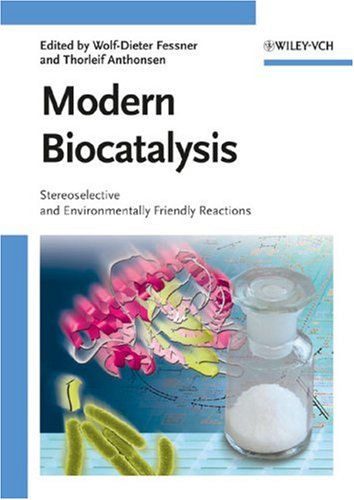


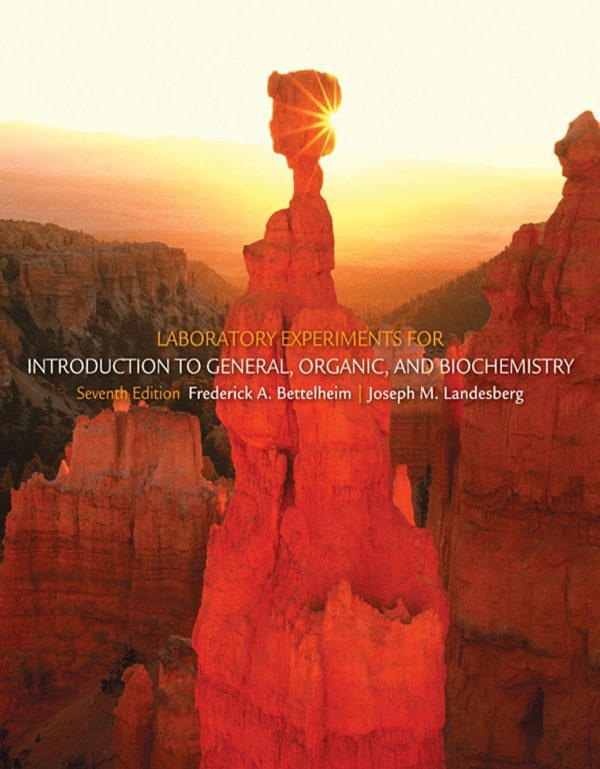
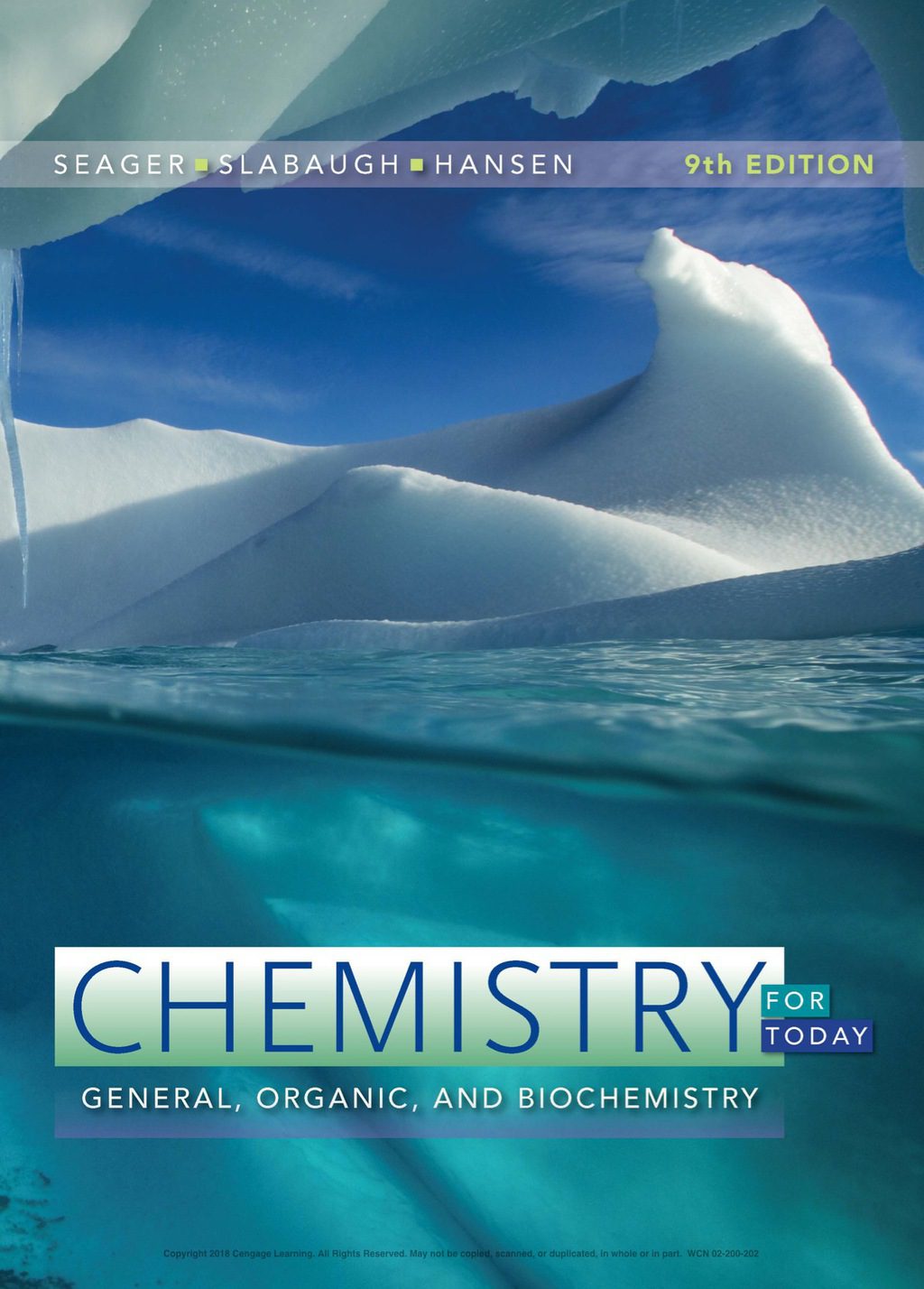
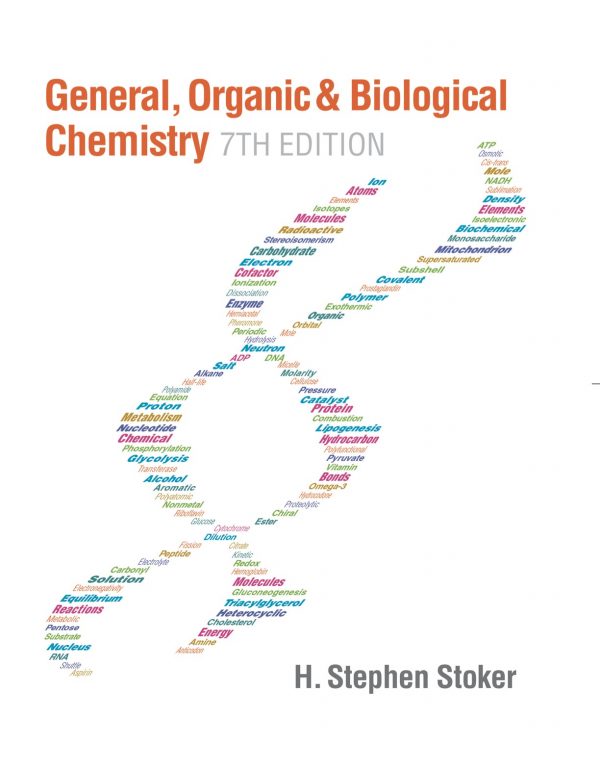
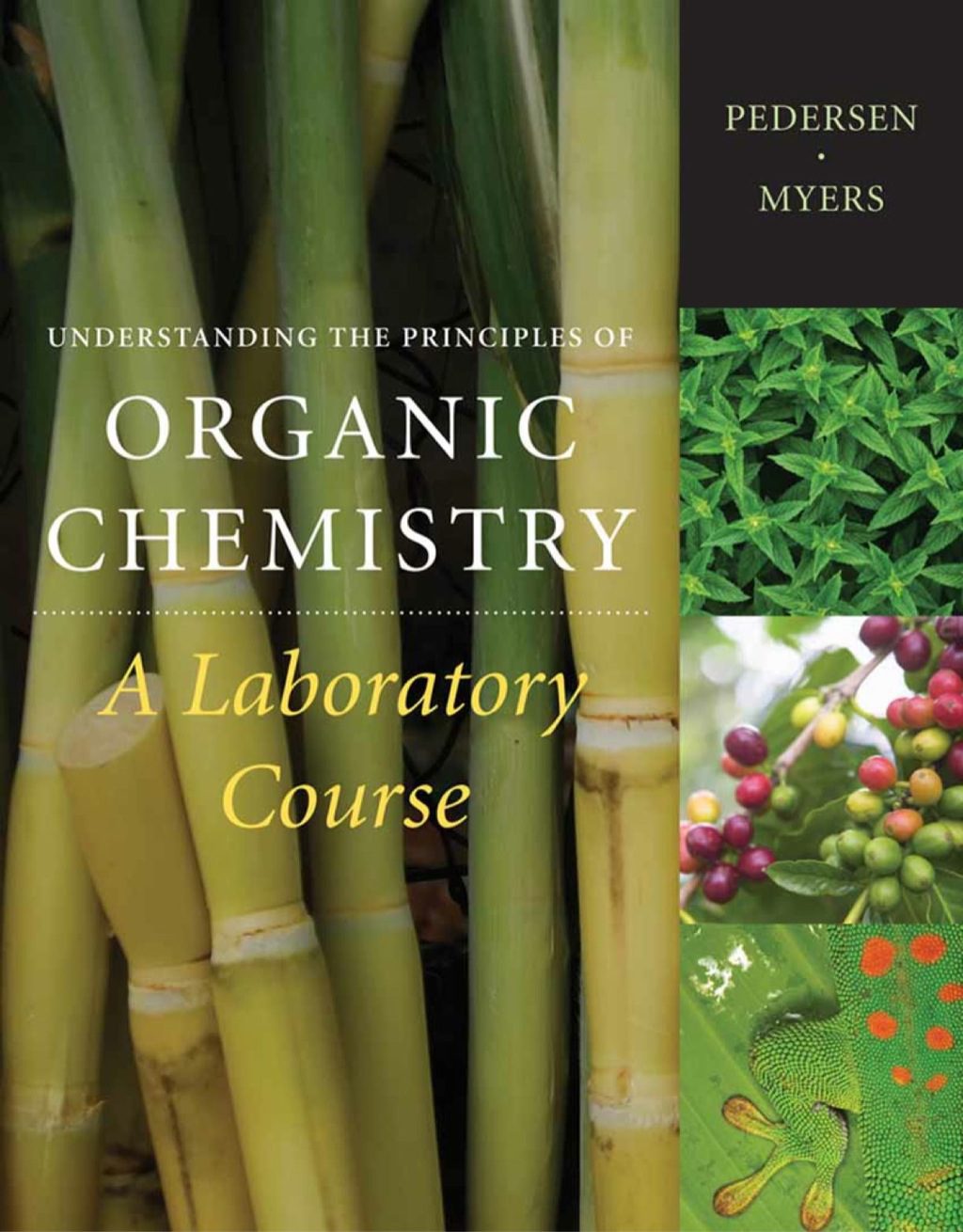
Reviews
There are no reviews yet.